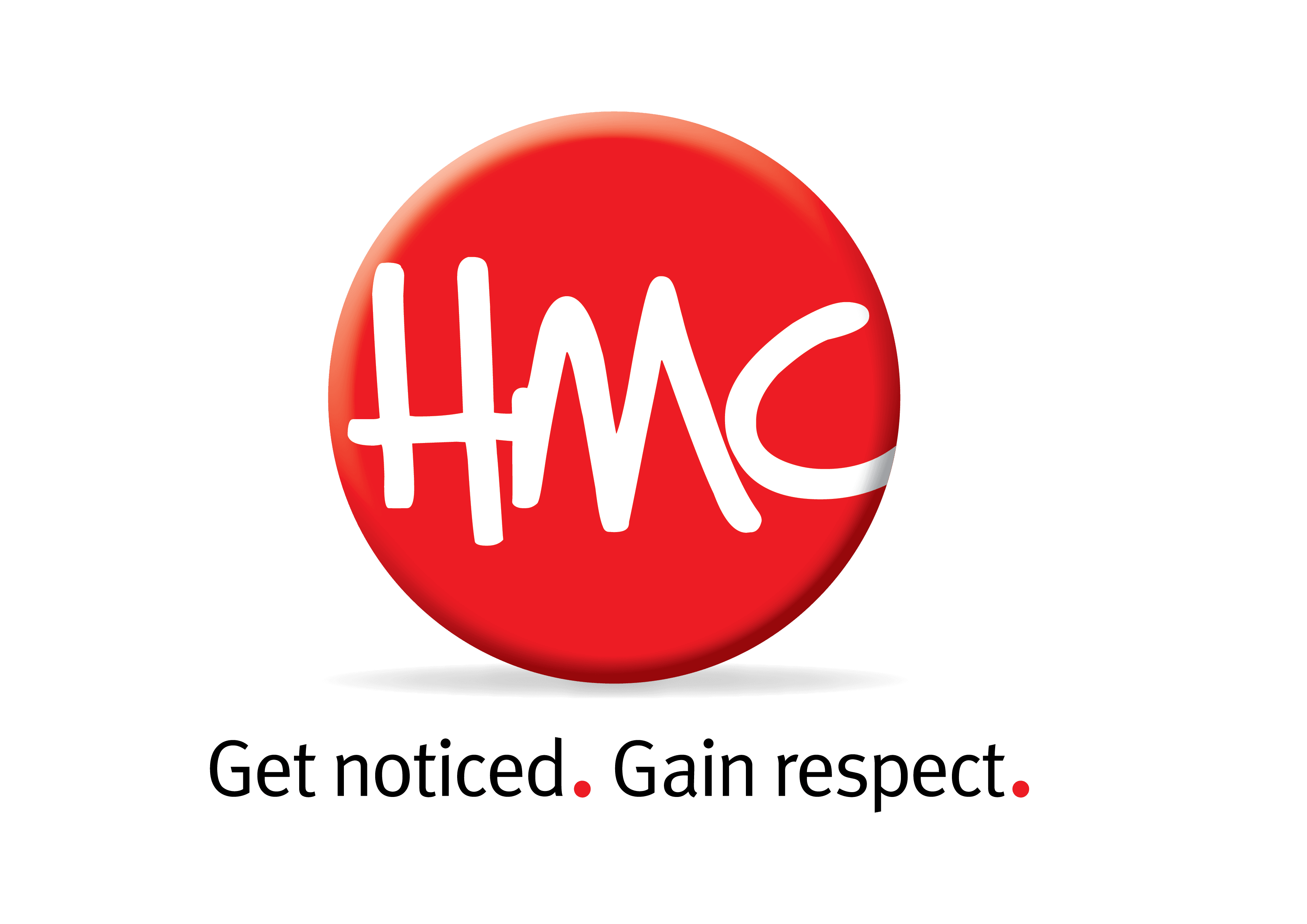It’s a tale as old as time in the PR world. Find a famous person, send them your product, pay them some money, and watch as they tell all the people they know how great your product is.
It’s a promotional practice called influencer PR and its sole purpose is to use the clout of popular people to sell products.
Remember at school when the cool girl got a new pair of embroidered bootleg jeans (I’m a child of the 90s) and you wanted to get them too after you saw how great she looked in them? And the fact that she was ‘cool’ and you hoped that coolness might rub off on you when you bought those jeans too? Well this is the same, but on a slightly grander scale.
In the influencer game, it used to be that you would send a media kit with your soaps and shampoos to a beauty columnist in the hope they gave you 100 words of coverage in their magazine. And if you happened to know them IRL (that’s ‘in real life’ if you haven’t been on Twitter ever) they might feel extra charitable and spread coverage to a half page.
How times have changed. And surprise, surprise it’s because of social media.
Now, I would be sending my soaps and shampoos to the Instagrammers with a big audience and paying them a fee to post something about my product. Have a think – how many times have you seen social media personalities talking about the latest protein powder they’ve been drinking, or the brand of active wear they’ve been wearing to yoga, or the new organic smoothie making their wholefoods dreams come true? Chances are, they’ve been paid to say that.
And the bigger the ‘grammer, the higher the cost. Kim Kardashian reportedly gets paid up to $500,000 per post, mentioning anything from clothing to diet pills (yes, I just referenced a Kardashian – it’s hard not to when you’re talking about social media).
Closer to home, we have the likes of Art and Matilda from The Bachelor, health blogger Simone Anderson, and former fashion editor Leonie Barlow of The Style Insider, all social media personalities who have built a following and regularly share posts of the latest products changing their lives. Scroll through their feeds and see how many products or brands you can spot. I counted more than 10 in a minute, running the gamut of jewellery, clothing, wine, cosmetics, food (how popular are bliss balls right now?) holiday destinations, and even nail technicians.
Influencers are a great way to get the word out about your product. Many of them are likeable, authentic, and have solid reputations you can align your brand with.
But that doesn’t mean it will work for every brand, and certainly not for every product. And like any campaign, you need to know your audience and what makes them tick.
Here are five tips to keep in mind if you’re thinking of going the way of the social media influencer:
- Know your target audience. This might seem obvious but…are they even using social media?
- Learn what makes your chosen influencers tick. Spend some time scrolling through different social media feeds to see who best aligns with your brand, or enlist some help with an influencer or PR agency who can match your product to the right influencer.
- Think of ways influencers can creatively connect with your product. Can they wear it, play with it, eat it? The more ‘Instagrammable’ your kit, the better.
- Know your budget and product category. Costs vary between influencers and each influencer tends to have a stable of product types they prefer to work with (e.g. health and wellness, sport, food, parenting). An agency can also help you whittle this down.
- Have a back-up plan. Relying on several influencers for a campaign launch can be tricky, especially if someone pulls out at the last minute. Have a plan B in case something falls through.
And like anything else to do with PR and communications – plan, plan, plan! Have your objectives, strategy, key messages, audience, potential risks and success measures all sorted before social media influencers become part of your communications tactics.

